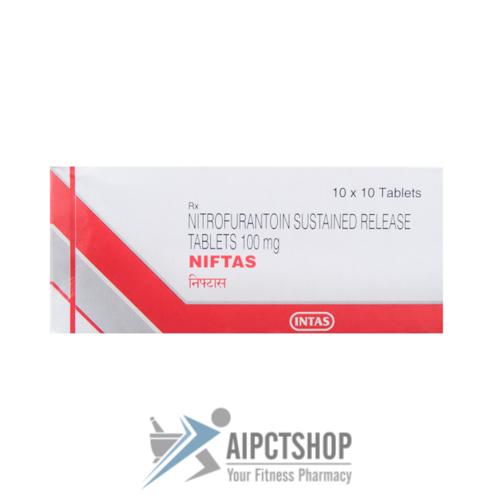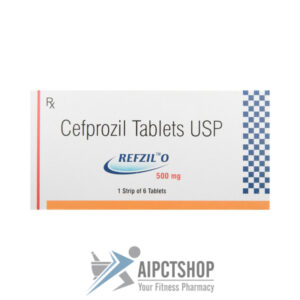What is this drug used for?
– It is used to treat or prevent a urinary tract infection (UTI).
Frequently reported side effects of this drug
– Headache
– Nausea
– Vomiting
– Diarrhea
– Lack of appetite
– Abdominal pain
– Dizziness
– Fatigue
– Hair loss
– Urine discoloration
Other side effects of this drug: Talk with your doctor right away if you have any of these signs of:
– Nerve problems like sensitivity to heat or cold; decreased sense of touch; burning, numbness, or tingling; pain, or weakness in the arms, hands, legs, or feet
– Liver problems like dark urine, fatigue, lack of appetite, nausea, abdominal pain, light-colored stools, vomiting, or yellow skin.
– Severe pulmonary disorder like lung or breathing problems like difficulty breathing, shortness of breath, or a cough that is new or worse
– Pancreatitis like severe abdominal pain, severe back pain, severe nausea, or vomiting
– Lupus like rash on the cheeks or other body parts, sunburn easy, muscle or joint pain, chest pain or shortness of breath, or swelling in the arms or legs
– Involuntary eye movements
– Severe loss of strength and energy
-?Clostridioides?(formerly?Clostridium)?-associated diarrhea like abdominal pain or cramps, severe diarrhea or watery stools, or bloody stools
– Signs of a significant reaction like wheezing; chest tightness; fever; itching; bad cough; blue skin color; seizures; or swelling of face, lips, tongue, or throat.
Note:?This is not a comprehensive list of all side effects. Talk to your doctor if you have questions.
Pronunciation
(nye troe fyoor AN toyn)
Medication Safety Issues
Sound alike/look alike issues:
Macrobid may be confused with microK, Nitro-Bid.
Nitrofurantoin may be confused with Neurontin, nitroglycerin.
Geriatric Patients: High-Risk Medication:
Beers Criteria: Nitrofurantoin is identified in the Beers Criteria as a potentially inappropriate medication to be avoided in patients 65 years and older (independent of diagnosis or condition) due to its potential for pulmonary toxicity, hepatotoxicity and peripheral neuropathy, particularly when given long-term; safer alternatives exist. Avoid use in patients with a CrCl less than 30 mL/minute or for long-term suppressive therapy (Beers Criteria [AGS 2019]).
Pharmacy Quality Alliance (PQA): Nitrofurantoin (when cumulative day supply is greater than 90 days) is identified as a high-risk medication in patients 65 years and older on the PQA?s Use of High-Risk Medications in the Elderly (HRM) performance measure, a safety measure used by the Centers for Medicare and Medicaid Services (CMS) for Medicare plans (PQA 2017).
Generic Availability: US
Yes
Storage and Stability
Capsules: Store at controlled room temperature, 15?C to 30?C (59?F to 86?F). Dispense in a tight container using a child-resistant closure.
Oral suspension: Avoid exposure to strong light, which may darken the drug. It is stable when stored between 20?C and 25?C (68?F and 77?F). Protect from freezing. Dispense in glass amber bottles.
Adverse Reactions
Cardiovascular: Bundle branch block, chest pain, ECG changes, nonspecific T wave on ECG, vasculitis
Central nervous system: Bulging fontanel (infants), confusion, depression, drug fever, headache, peripheral neuropathy, pseudotumor cerebri, psychotic reaction, vertigo
Dermatologic: Eczematous rash, erythema multiforme, erythematous maculopapular rash, exfoliative dermatitis, maculopapular rash, skin rash, Stevens-Johnson syndrome
Endocrine & metabolic: Increased serum phosphate
Gastrointestinal: Anorexia, clostridioides, Clostridium difficile?colitis, flatulence, nausea, pancreatitis, sialadenitis, vomiting
Genitourinary: Urine discoloration
Hematologic & oncologic: Agranulocytosis, aplastic anemia, decreased hemoglobin, eosinophilia, glucose-6-phosphate dehydrogenase deficiency anemia, granulocytopenia, hemolytic anemia, leukopenia, megaloblastic anemia, methemoglobinemia, thrombocytopenia
Hepatic: Cholestatic jaundice, chronic active hepatitis, hepatic necrosis, hepatitis, increased serum alanine aminotransferase, increased serum aspartate aminotransferase
Hypersensitivity: Anaphylaxis, angioedema, hypersensitivity reaction
Infection: Superinfection
Neuromuscular & skeletal: Arthralgia, asthenia, lupus-like syndrome, myalgia
Ophthalmic: Nystagmus
Respiratory: Acute pulmonary reaction, chronic pulmonary reaction, cough, cyanosis, dyspnea, dyspnea on exertion, interstitial pneumonitis, pleural effusion, pulmonary fibrosis, pulmonary infiltrates
Rare but important or life-threatening: Abdominal pain, alopecia, amblyopia, chills, constipation, diarrhea, dizziness, drowsiness, dyspepsia, fever, hepatotoxicity, malaise, optic neuritis, pruritus, pulmonary hypersensitivity, urticaria







Reviews
There are no reviews yet